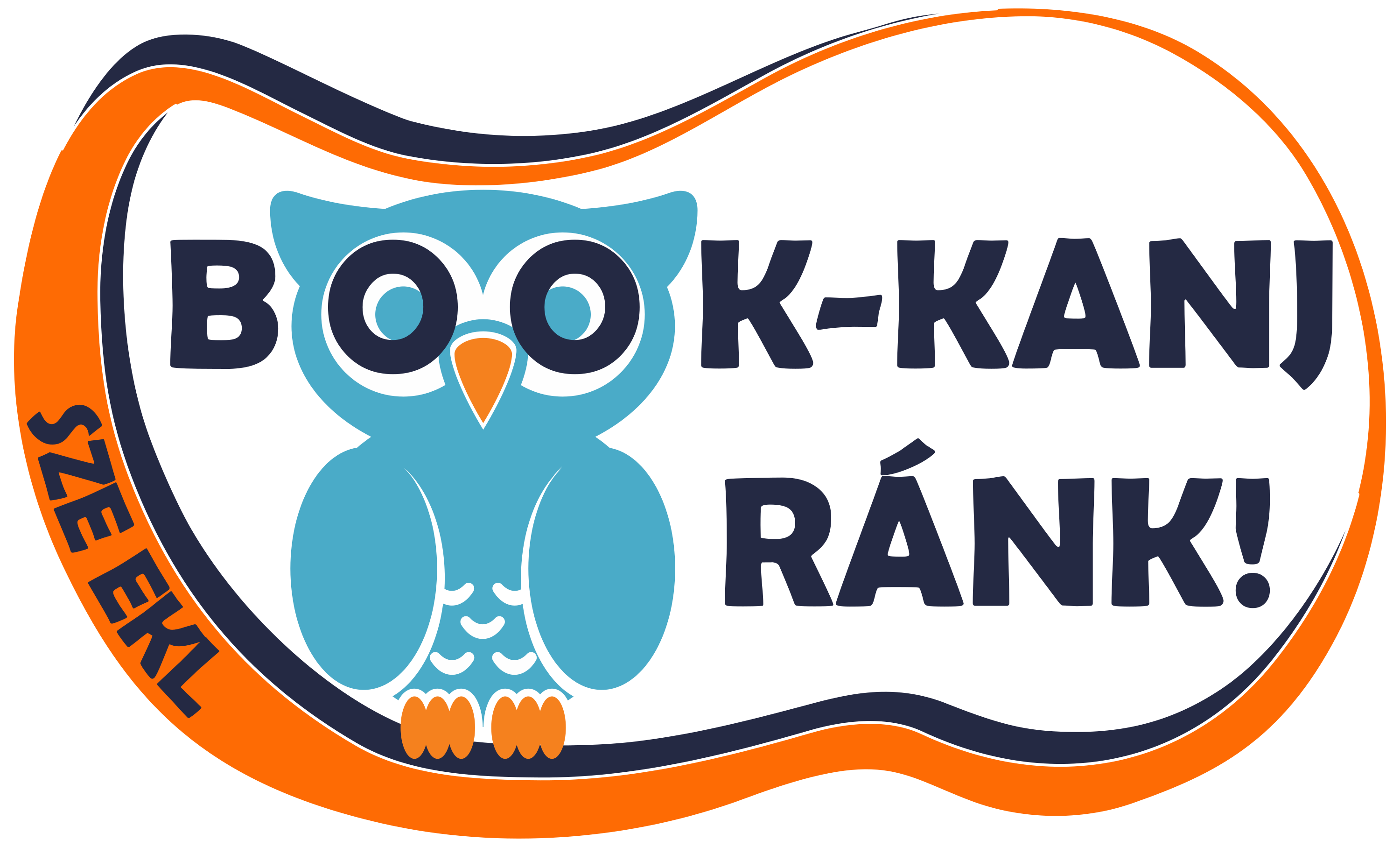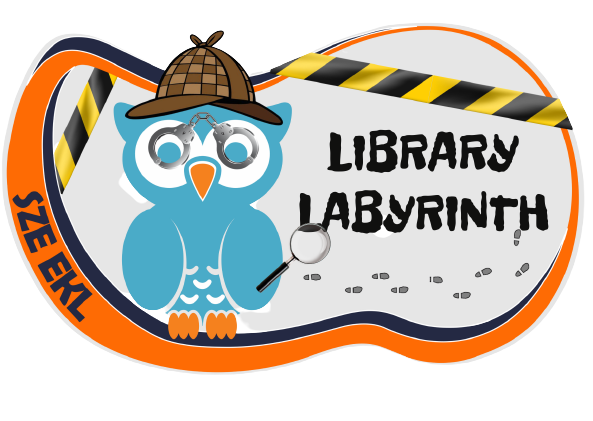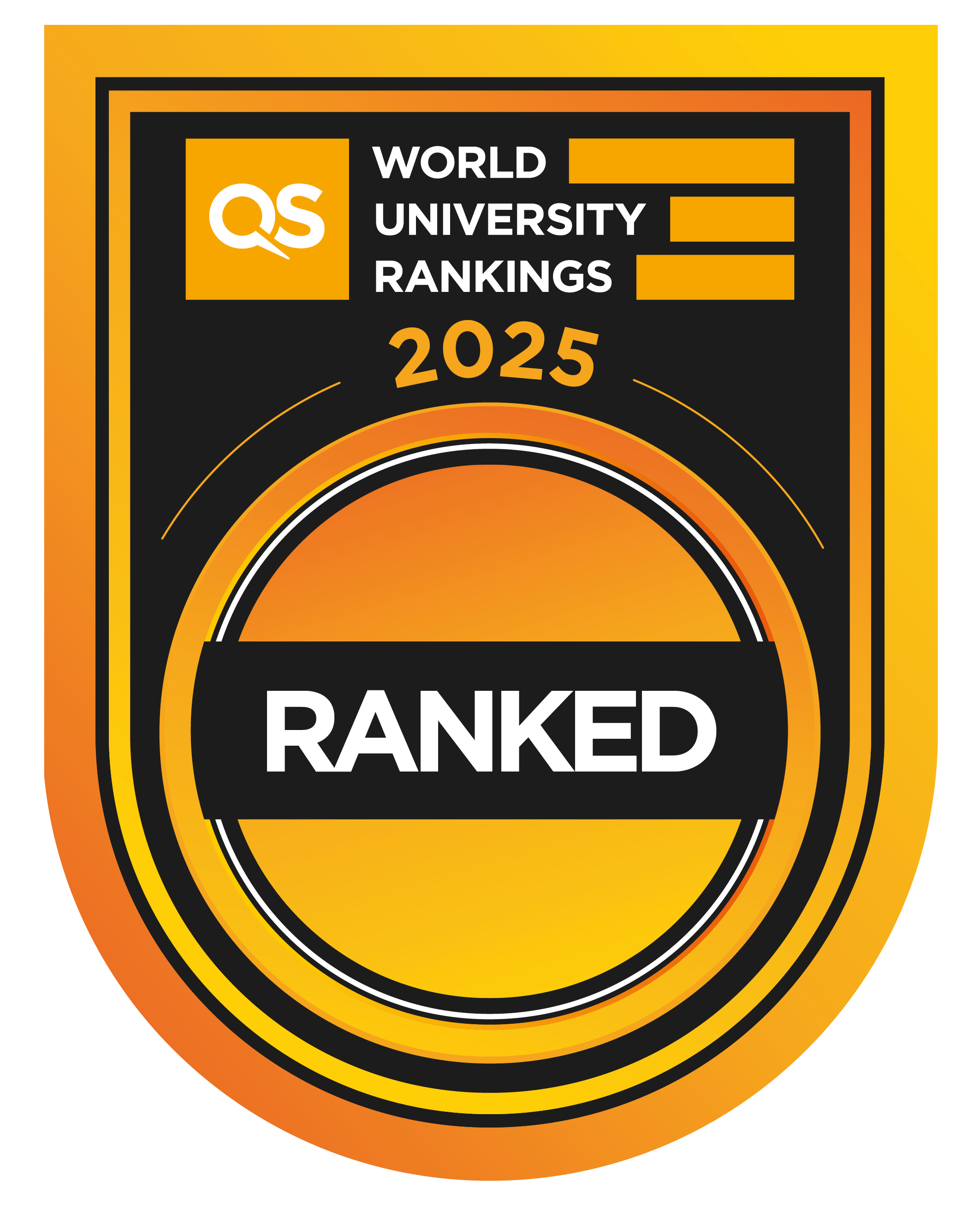Library of Agricultural and Food Sciences Faculty
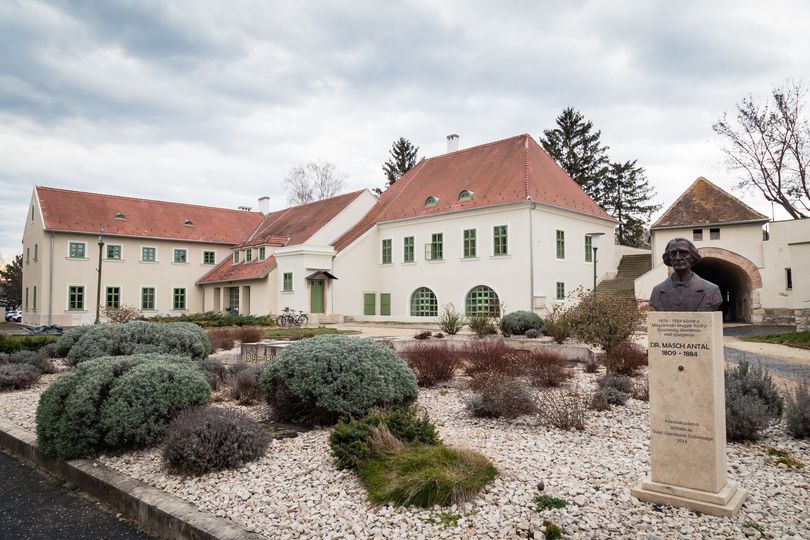
INTRODUCTION
The Albert Kázmér Mosonmagyaróvár Faculty Library is a member library of the Széchenyi István University Library and Archives. Founded in 1818, the library's biggest renovation in its two hundred years of history was completed in November 2023, and from 1st February, 2024 it will be open to visitors in a brand new and exclusive environment in the Castle Captain's building.
The interior design of the new library has a unique library atmosphere, with its animal taxidermy and antler decorations, spiral staircase and secret room.
SHORT HISTORY OF THE LIBRARY
A library has been in operation since the foundation of the Alma Mater in 1818. Ferenc Kölcsey visited Magyaróvár in 1837 and noted that the institution had a functioning library. In 1848, a printed catalogue was produced under the supervision of Sándor Czéh, a local printer and publisher. In 1850 the institution came under imperial and royal authority. During this period, a record of the transfer of property was made, which shows that the library contained 415 items. However, the library's holdings continued to grow, as reader interest grew, and the catalogue published in 1853 contained 732 items.
In 1869, Jenő Rodiczky became an assistant teacher in Óvár. An authority on sheep breeding and founder of the National Wool Testing Institute, he is considered a member of the Great Teachers' Faculty of Óvár. However, it is a little known fact about him that he had a great fondness for libraries because of his literacy and his thirst for letters. He is thus often referred to as the first learned librarian of the Academy. He organized the collection, compiled a new catalogue of volumes and kept a journal register. In 1878, Sándor Cserháti, who later also became a famous professor and a pioneer in plant cultivation and breeding, took over the management of the library from him, then as an assistant teacher. From the 1896/1897 academic year, the library was also managed by a famous professor, Viktor Thallmayer, who gained fame as the head of the Machine Experimental Station and author of the first Hungarian agricultural engineering textbooks. Meanwhile, most of the Academy's students were also regular users of the library of the Kazinczy Circle, founded in 1859, which, after its dissolution in 1908, entrusted its collection of 2 316 volumes to the Economic Association.
In 1919, in the uncertain and turbulent period after the First World War, fearing a possible invasion by foreign powers, preparations were made to transport the library's old and valuable items to the Hungarian Agricultural Museum in Budapest. It is worth noting that its founder and first director, Árpád Balás, also graduated from Magyaróvár and served as director of the Academy. On 30 November 1922, the library was taken over from Ferenc Neuberger by Dr. Ferenc Uzonyi, an assistant teacher, who was transferred to the Agricultural Secondary School in Szarvas in 1927.
In the academic year 1926/1927, the library's stock amounted to 18,970 volumes, and its reading room was home to 18 domestic and 22 foreign periodicals. After Uzonyi, the then director entrusted the management of the library to the greatest literature-loving teacher, Count Béla, whose diligent work brought results. In the years that followed, the collection grew by around 1,200 volumes a year, and the library once again took its rightful place in the life of the Academy.
On 6 April 1949, at 12 noon, the institution was suspended without any prior notice. In 1950, Gyula Balaton, the Ministry's rapporteur, visited the castle during his visit to the Old Town on orders from the Ministry, as he had to prevent a statue from being cast. Looking around the building, he was shocked to see that in one room, books had been piled up to man height and were being carried out by two men to be set on fire. Glancing through some of the publications, he realised that they were a collection of agricultural reference books more than a hundred years old. He then brought sealing tape, stamps, wax and a seal to close the 'library'. In doing so, he saved the irreplaceable, now archival books from destruction. Later, these books were transported to Budapest, to the joint building of the College of Mechanical Engineering and the University of Agricultural Sciences, and to the Agricultural Museum, where they were incorporated into their own collections.
Higher education was restarted in Mosonmagyaróvár in 1954, when a few hundred political and professional books received from the Agricultural Technical School made up the library's holdings. From 1954 onwards, the library was no longer staffed by a single teacher, but by a full-time librarian, first of all István Soliom, who began to enrich the library, which by the end of the academic year had nearly 12,000 volumes.
Between 1955 and 1957, the library was managed by Béla Tóth, and thanks to his work, the number of books in the library exceeded 20,000 by 1957. In 1959, the library had more than 23,000 volumes, of which nearly 5,000 were in the twelve departmental libraries. In the same year, the Agricultural Experimental Institute of North Transdanubia was merged with the Academy, and its library contained nearly 10,000 volumes of books and bound journals. This stock was also transferred to the faculty (central) library. András István Tóth was the director for a very short time in 1962. Some of the books previously removed after the suspension of teaching in 1949, some 15,000 surplus copies from the Central Library of the Agricultural University of Gödöllő and the Library of the Faculty of Mechanical Engineering were returned to Mosonmagyaróvár in 1963.
From 1964, Dr. Jánosné Péter took over the management of the library, which employed five full-time staff. At that time the library's stock was nearly 50,000 volumes. Between 1964 and 1966, the whole library was renovated, the old wooden shelves were replaced by iron frames and the library moved to the second floor of the castle building. The more favourable location made it possible to serve the growing demand of students. In the meantime, the number of departmental libraries had increased to 17.
In 1968, the jubilee year, the Castle Museum was opened, and the library presented a selection of publications of former teachers and their students, about 1,200 books and 800 publications.From 1970, after the integration to the University of Agricultural Sciences, the library continued to operate as a sub-centre of the Mosonmagyaróvár network with a network centre in Keszthely. In the meantime, the growth was continuous, reaching 63,000 volumes and 322 subscribed journals by 1976. The overcrowding of the library became unbearable, so in 1983 the floor space of the warehouse was expanded. It was also during this period that the skills and staffing of the library staff began to improve. A library development plan was drawn up, the first step in 1987 being the creation of a special collection of some 6 500 volumes under the name of Archive Library. In 1988 a photocopier was purchased and in 1989 the first computer was purchased. At that time, the library underwent another extension, increasing its total area to almost 600 square metres.
After 27 years of library service, Dr Jánosné Péter retired in 1989 and was replaced by Jánosné Várallyay, who was library director until her retirement in 2005. In 1993, the 175th year of the institution's existence, the library's stock exceeded 100,000. From 2005, Krisztián Nagy, an IT specialist, became head librarian until 2012.
Since 2013, Mónika Beckné Csehi has worked as librarian, assisted by Emilné Horváth and Edina Litresits. The library is currently part of the Széchenyi István University, University Library and Archives. The biggest renovation in the history of the library was completed in November 2023, and from 1 February 2024 the library will be open to visitors in a brand new and exclusive environment in the Castle Captain's building. The interior design of the new library has a unique library atmosphere, with its animal taxidermy and antler decorations, spiral staircase and secret room.
A BRIEF HISTORY OF OLD BOOKS OF MUSEUM VALUE
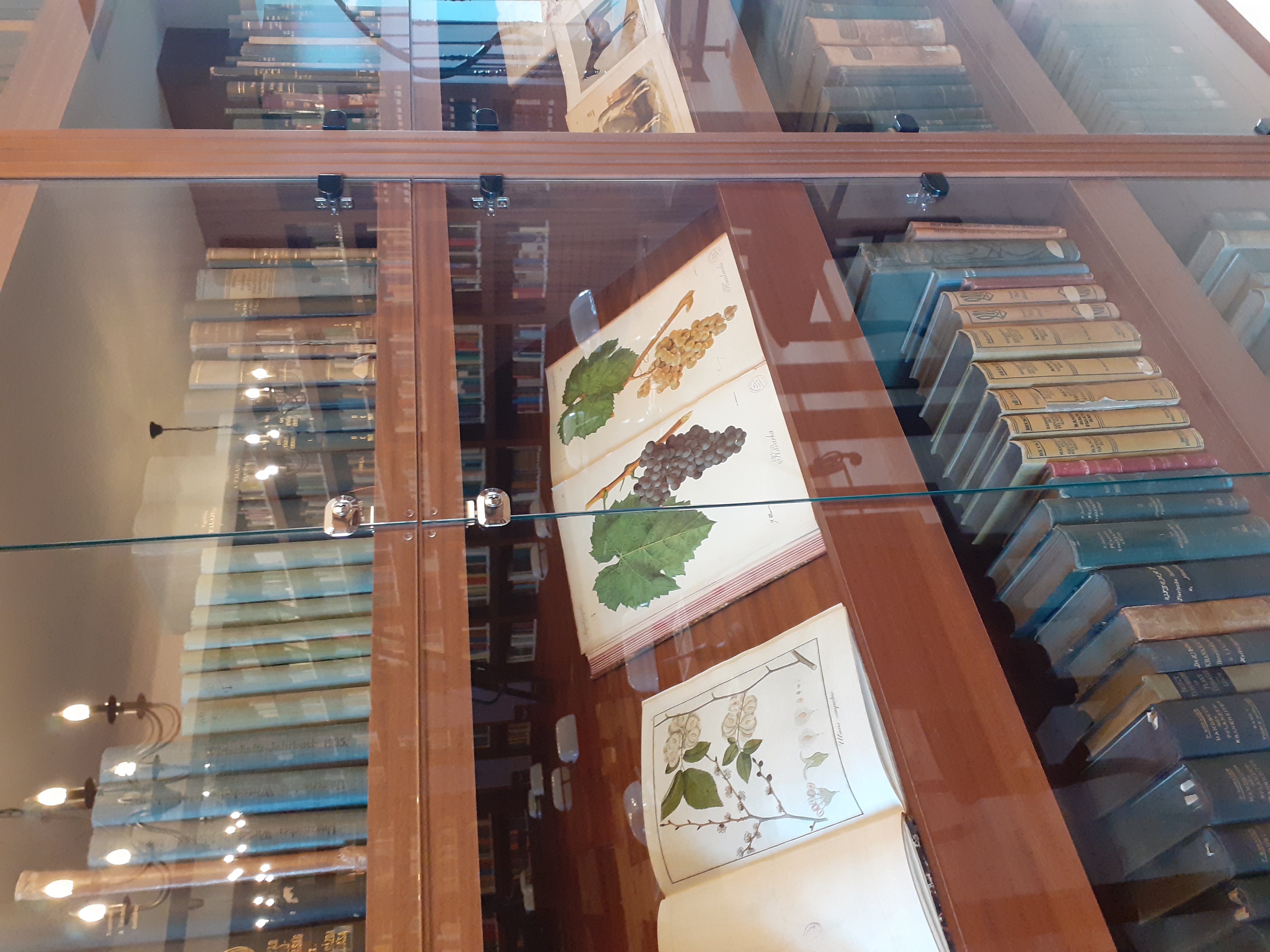 The publications in the archives of the renovated library, located in a separate section, have been collected from several locations. The most significant part of the collection is the core of the former Archive Library, which was created in 1987.
The publications in the archives of the renovated library, located in a separate section, have been collected from several locations. The most significant part of the collection is the core of the former Archive Library, which was created in 1987.
The largest part of the Archive Library contains publications formerly held in the library of the Royal Hungarian Academy of Economics in Magyaróvár, which were transferred to Budapest after the suspension of the Academy in 1949 and returned in 1963. In addition, a special collection of works by former famous lecturers and researchers was created in 1968 for the 150th anniversary of the Alma Mater, the volumes of which were also housed in the Archive Library.
Among the current publications are also the volumes transferred from the building of the most faithful research institute founded in Magyaróvár, the Hungarian Dairy Experimental Institute, who's building on Lucsony Street - together with the huge library of the institute - was purchased by Széchenyi István University in 2023.
In addition to the above-mentioned volumes, the collection also includes a few publications from the Deák Ferenc Faculty of Law and Political Science, mainly on legal topics. The most valuable and interesting items in the collection are the old books, published before 1850. With this collection, the library of the István Széchényi University ranks high among Hungarian universities. These publications are displayed in a UV-protected cabinet in the gallery area.
INSULA MAGNA VISITOR CENTRE
The Insula Magna Visitor Centre in Mosonmagyaróvár can be a real starting point for exploring the region, and can thus function as a gateway city, in line with international best practice. It will be a place of awareness-raising, knowledge transfer, information and service, a place of identity for the local population and a place for shaping the attitudes of young people, as it will also function as an exhibition space based on experiential learning and experience-based knowledge acquisition, and will expand its services in this direction.
Its aim is to present the Szigetköz as a natural, cultural, social and economic entity in its own right, to raise social awareness of its natural values and cultural heritage, to present the past, present and future of agriculture, and to inform and guide visitors to the region among its attractions in order to make better use of its infrastructure and tourism potential.
The Insula Magna Visitor Centre's priority is to showcase the importance of the region's wetlands, the importance of responsible and sustainable water and agricultural management, and the likely impacts of climate change to locals and visitors to the region.
A permanent interactive exhibition entitled The Szigetköz in the mirror of numbers has been opened here. The exhibition focuses on the waters of the Szigetköz, water management, flora and fauna through surprising, interesting and tangible data. The exhibition puts special emphasis on presenting the most interesting facts about the Szigetköz and its ecosystems. The exhibition places special emphasis on presenting the most interesting data of the Szigetköz and highlighting their significance by representing the most typical concepts, contexts and data.
The exhibition space is open free of charge during the opening hours of the Visitor Centre.
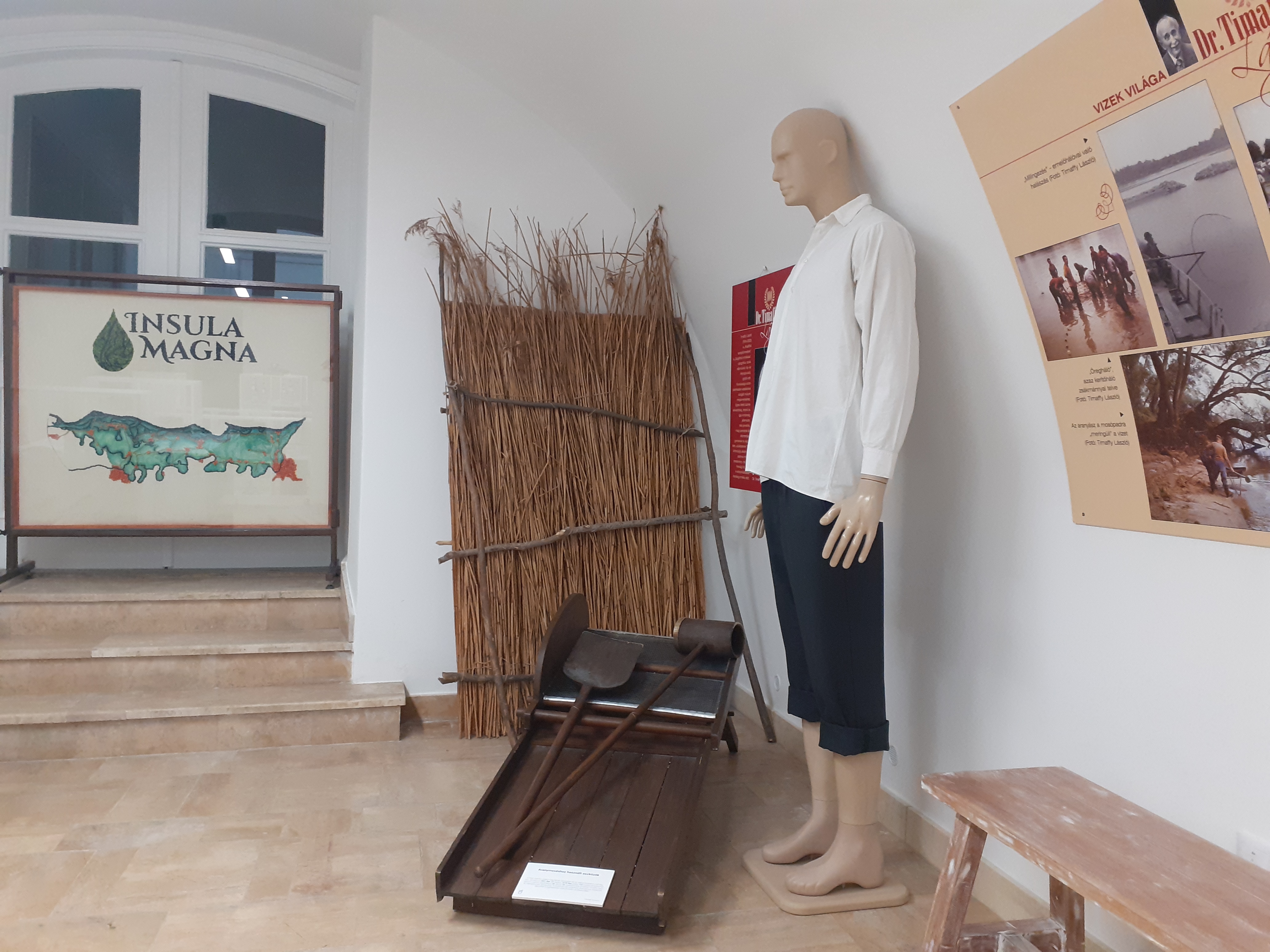 |
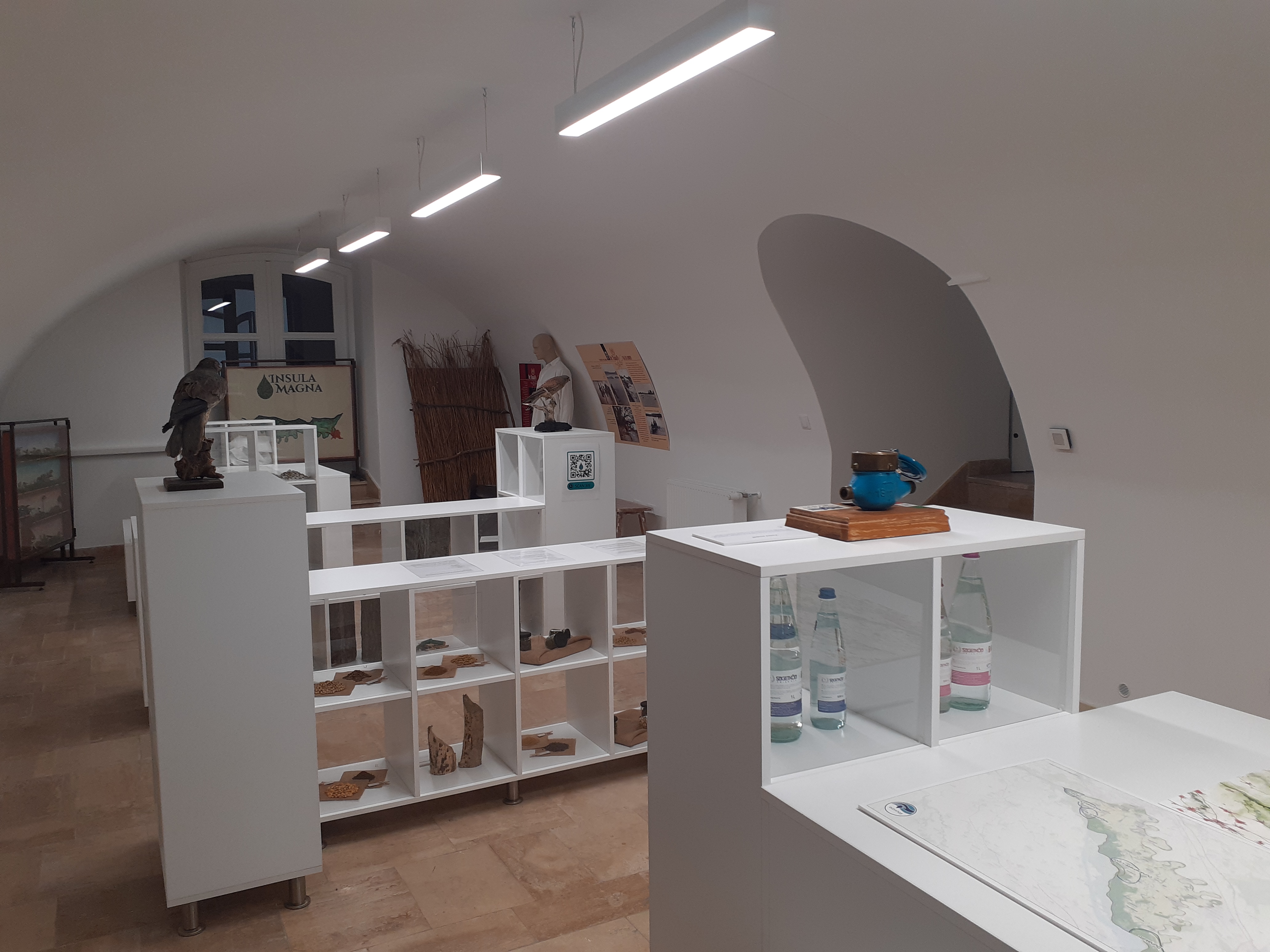 |
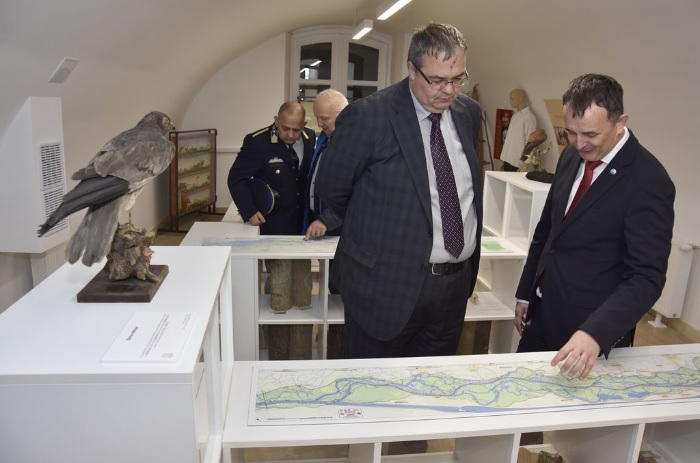 |
OPENING HOURS
Click here to see the opening hours of the library
CONTACT
Address: 9200 Mosonmagyaróvár, Vár - Várkapitány Building
Librarians, contacts:
| Name | Mónika Beckné Csehi | Emilné Horváth | Edina Litresits |
| Telephone | +36 96 566-736 | +36 96 566-659 | +36 96 566-736 |
| beckne.csehi.monika@sze.hu | horvath.emilne@sze.hu |

